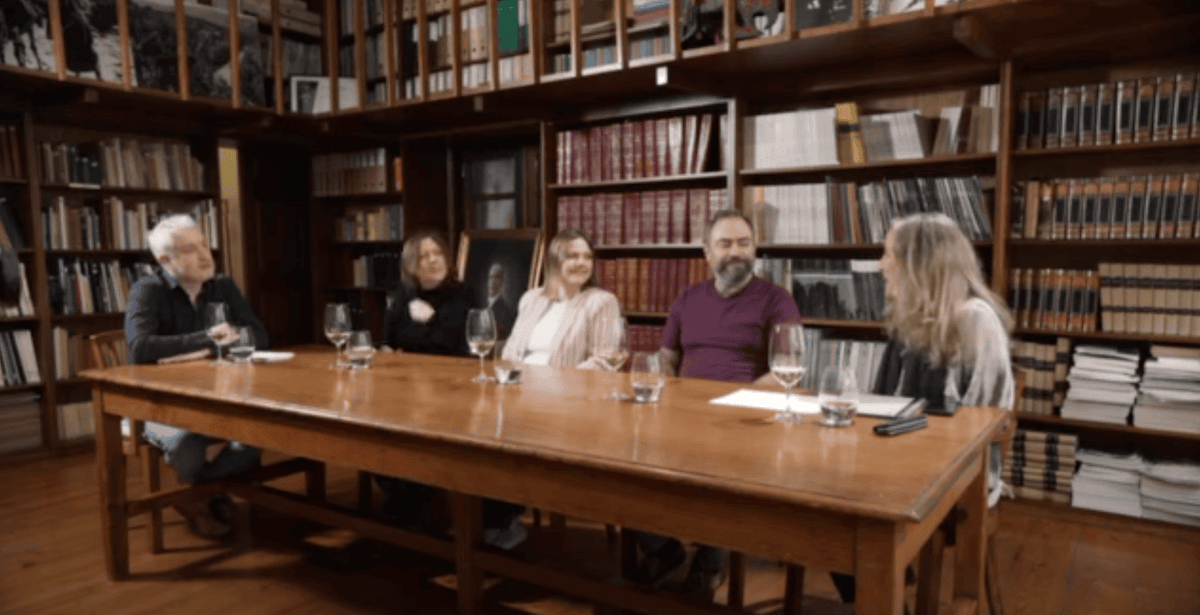Of the few places that can stake a claim to be the centre of the British wine establishment, the boardroom at The Worshipful Company of Vintners must rank pretty highly, an oak-panelled bastion of tradition and continuity. A good place, then, for Laurent-Perrier to introduce us to their new chef de cave and to reassure us, should we have really needed reassurance, that one really does not need to change all that much in order to stay the same.
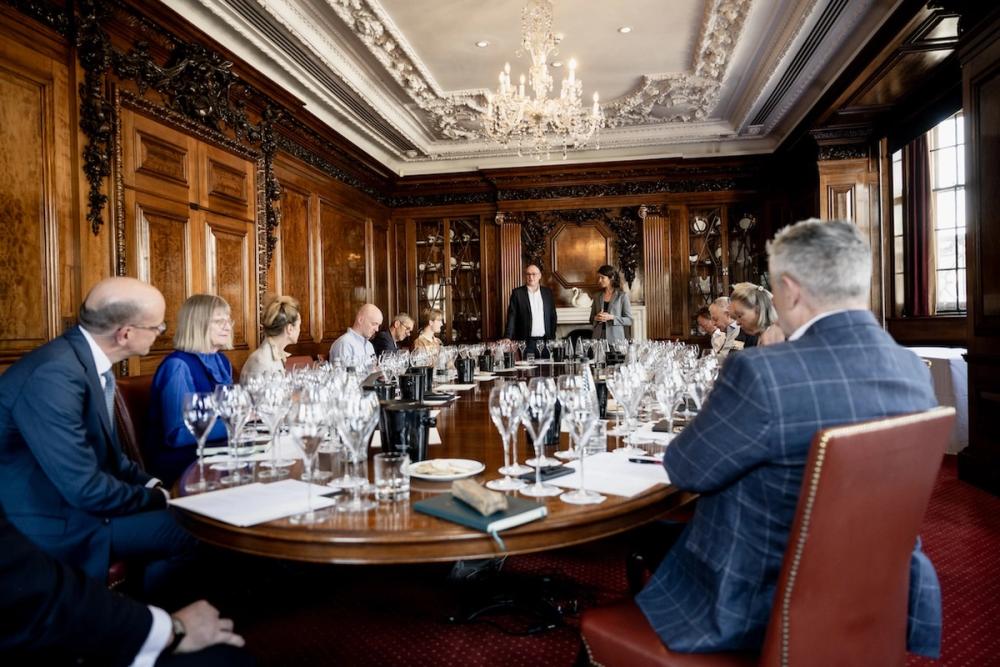
Unveiled to the UK press: Olivier Vigneron, Laurent-Perrier's new chef de cave
Olivier Vigneron can fairly be described as the ‘continuity candidate’, a longstanding disciple of his predecessor Michel Fauconnet and a veteran of nearly all of the vintages of Grand Siècle that we are to taste.
"Purity and elegance are my watchwords," he says, speaking in French, just as his predecessor, reassuringly aloof from today’s fashion for chefs de cave to be multilingual communicators above all else. It is all strangely reassuring, the more so as he has acquired a bilingual sidekick in Constance Delaire, also an oenologist, who takes on the translation duties.
Vigneron, who sees himself as a technician first, comes from a farming family in the Marne region, his first contact with champagne coming from harvesting grapes as a student. Working on the press side is still an area that fascinates apparently. After a degree in biochemistry at the University of Reims, Olivier embarked on a DNO (National Diploma in Oenology) from which he graduated in 1997, then moving to Bordeaux where he joined Jean-Louis Despagne just as he bought Château Mont Pérat. Aged just 24, Vigneron oversaw a large team producing two million bottles of red, white, rosé, and claret. A spell with Alain Terrier, who was then cellar master at Laurent-Perrier, hired Olivier as assistant cellar master at De Castellane. When Michel Fauconnet succeeded Alain Terrier, Olivier joined his team and has worked with him for over 20 years.
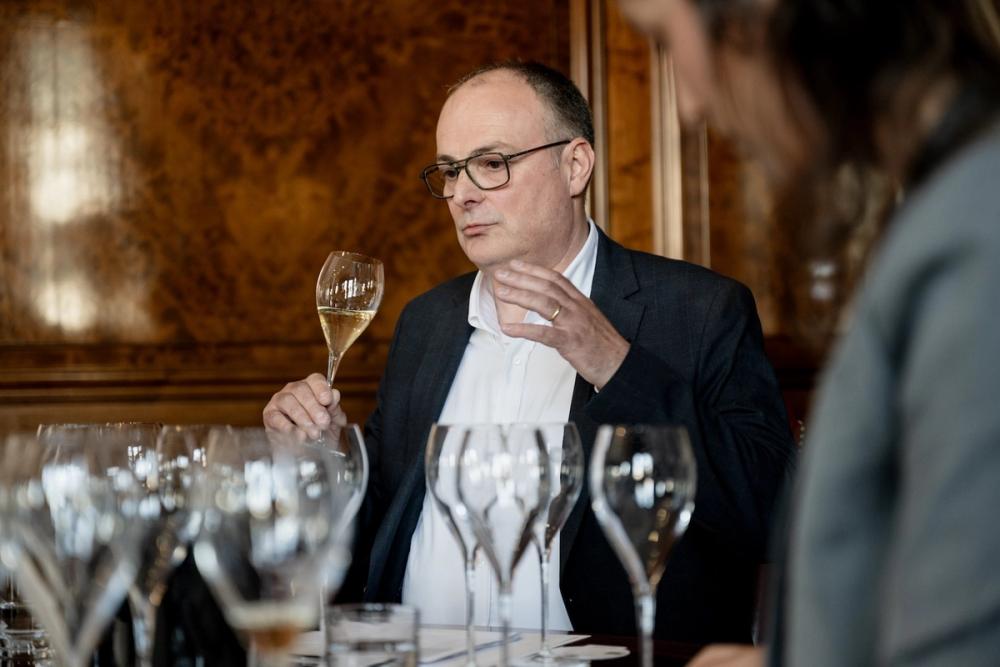
Reserve wines cushion the risk of climate problems: Olivier Vigneron
Vigneron admits to having great respect for winemakers (his wife owns an estate in the Côte des Blancs with Perrot-Batteux & Filles champagne), in Bergères-les-Vertus. "I help her from time to time, but I find that being a winemaker, with the climate problems, requires a resilience that I don't have. Things are simpler, especially in Champagne where we have this range of reserve wines that allow us to partially cushion the risks," he says.
Twice before, in recent years, the baton has been passed to a new chef de cave at Laurent-Perrier, firstly with the high profile ‘signing’ from Veuve Clicquot, Dominique Demarville and then with Maximilien Bernardeau. On both occasions the baton was wrestled back by the indefatigable Fauconnet.
Third time lucky, then? Everything points in this direction and Vigneron exudes an air of quiet competence and an apparent disinclination to rock any boats. How could he not succeed with such a felicitous surname? Be that as it may, the tasting is a great success, and everyone leaves the boardroom feeling reassured by the quality of the wines and Vigneron alike.

Laurent-Perrier MD Adam Guy and Daniel Brennan, brand director (r-l)
There is, in short, something pleasingly enigmatic about Laurent-Perrier, one of the largest of all the Champagne houses that has managed to become more familiar to the UK public (without overdoing self-promotion) than other big guns, like Vranken and Lanson say.
Laurent-Perrier is a genuine family company, its paterfamilias, progenitor, call Bernard de Nonancourt what you will, still very alive in the corporate spirit, now passed down to his granddaughter, Lucie Pereyre de Nonancourt, with her mother and aunt, Alexandra and Stéphanie both also active in the business
The family is not going away and the family is key. Something of the panache and flamboyance of Bernard De Nonancourt, Renaissance man par excellence and the man of innovation, is still evident at Laurent-Perrier in Tours-sur-Marne, and gives the house a familial intimacy, despite its size.
There is, of course, a cerebral side to ‘explain away’ the success. LP, as it is affectionately known, can justifiably take pride in its creative spirit over the years, especially with the development of a consistently reliable (and hugely influential) Macération Rosé, in its early foray into zero dosage with the Brut Nature, and, most recently, with the introduction of an entirely new cuvée, Héritage,to celebrate the scope and diversity of the library of Reserve Wines.
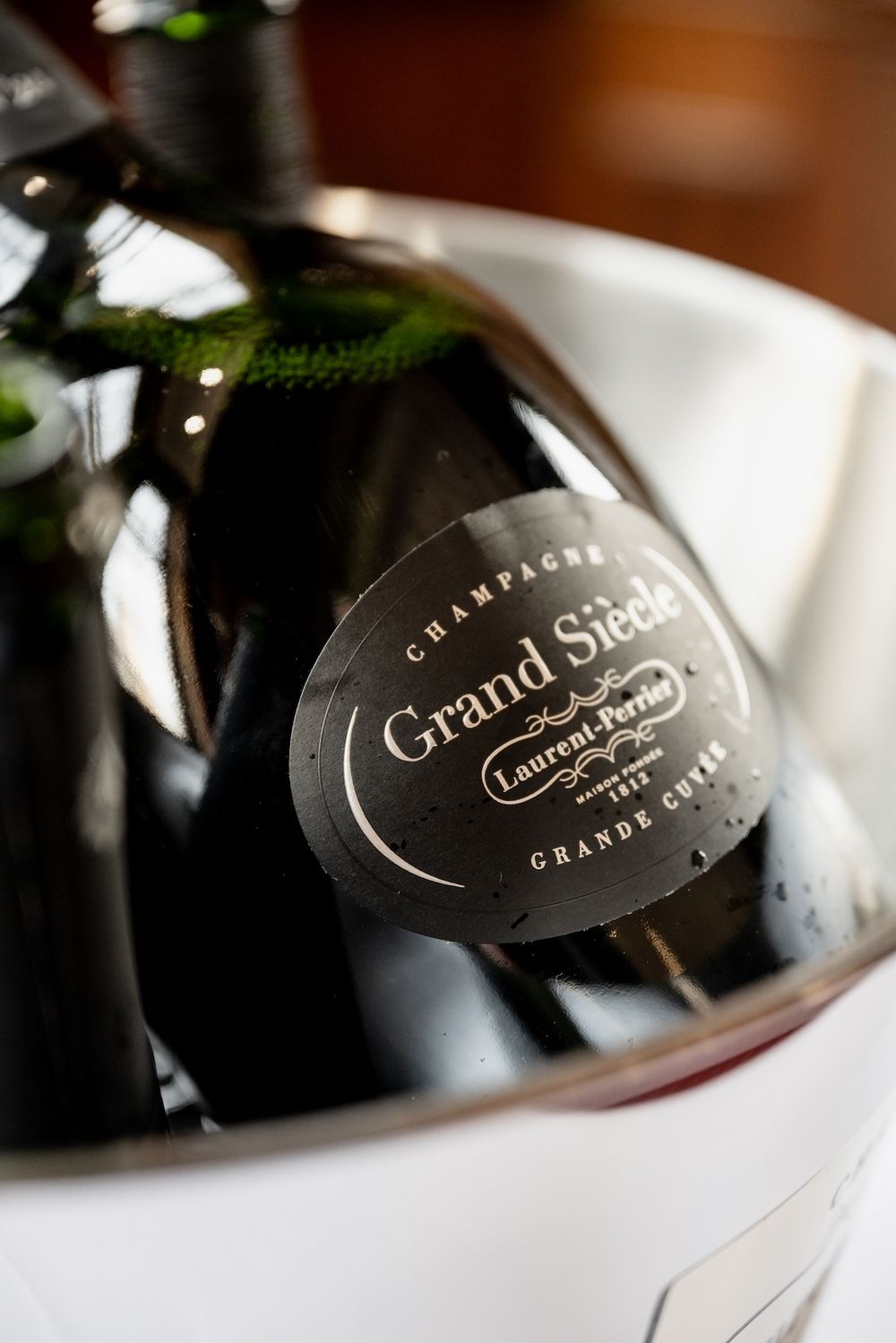
First among equals, however, and at the apex of Bernard’s legacy, is the Prestige cuvée Grand Siècle which we are lucky enough to taste today with Vigneron. Having arrived in 2004 and having studied diligently under Michel Fauconnet, it soon becomes clear that Vigneron knows of what he speaks. He speaks of Bernard’s stipulations; to make a multi-vintage cuvée (again setting a trend which is now commonplace), to make it from up to 11 specific Grand cru sites, to have Chardonnay (the ‘vertebral column’) just edging Pinot Noir in the blend, and to eschew any kind of wood intervention. Oh, and to age it for a minimum of ten years before disgorgement and release.
Grand Siècle is always made up of three vintages, of which the youngest always takes the majority shareholding and thereby ensures both freshness and approachability. The two older vintages lend more maturity and underwrite textural complexity.
Although the youngest wine makes up the largest part of the cuvée, the precise composition, as with the varietals and provenance thereof, will vary from year to year. A little pragmatism beyond the blueprint. In each wine complexity is writ large, almost inevitably; Vigneron describes it, somewhat poetically, as "the metamorphosis of aromas which becomes a tactile and emotional experience." An ‘aromatic voyage’ in short… It sounds even better in French..
Vigneron, by way of conclusion, even tries a brief stand-up routine, advising that he will show us Michel Fauconnet’s ‘little black book’ which contains the secret formulae to Grand Siècle… With no lack of theatre, he opens up a black book and flashes the pages in our direction. They are all blank. There is no formula. No one is particularly worried by this good-humoured revelation. We all now think that we are in very good hands.
The Grand Siècle, each new blend distinguished since 2019 by an enumerated Itération, is currently rejoicing in its 26th manifestation in bottle (the youngest year being 2012) and its 24th in magnum. The magnums are usually released two to three years after the bottles.
A fantastic tasting ensues, with all wines currently available on the UK market, per Laurent-Perrier’s dynamic UK MD, Adam Guy. No obvious patterns in disgorgement or post disgorgement ageing or what have you; merely the comforting knowledge that all eight wines are currently on sale.
Other snippets worthy of mention include the fact that dosage is treated on a year-by-year basis, less important, in any case, than in other wines which are not aged as long before release, per Vigneron. Malolactic fermentation is always undertaken; oh, and Laurent-Perrier owns 150 hectares. It is from this broader constituency that the grapes for Grand Siècle are sourced.
The Grand Siècle tasting
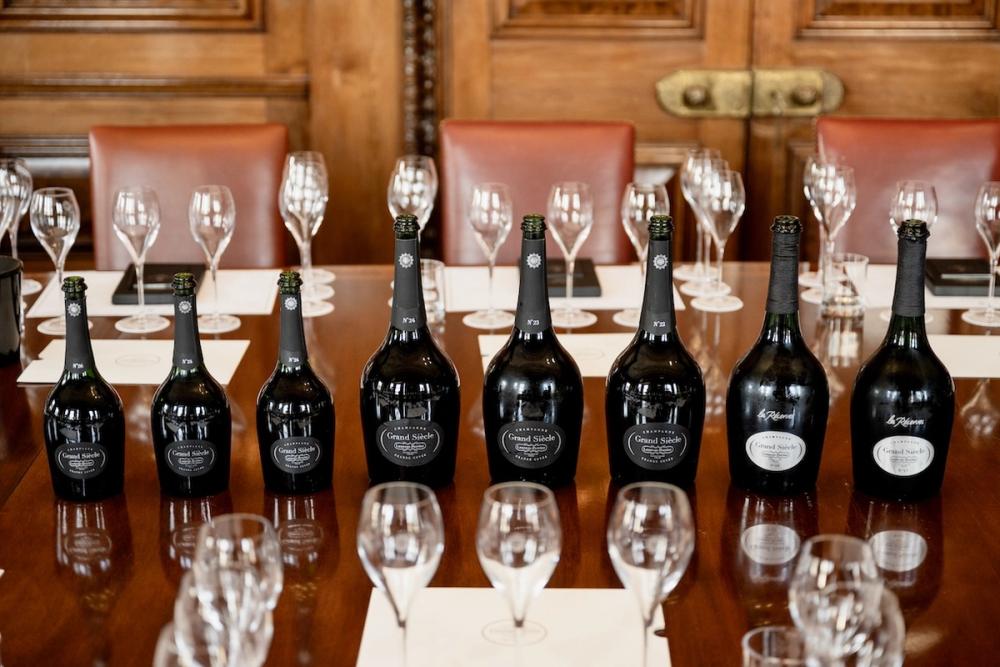
Grand Siècle Itération N°26 (bottle)
2012, 2008, 2007 Disgorged 2/24 CH 58% PN 42% Dosage 7g/l
Eight of Bernard’s selected eleven Grand Crus have been brought into play; Le Mesnil-sur-Oger, Cramant and Avize for the Chardonnay; Tours-sur-Marne, Ambonnay, Bouzy and Verzy for the Pinot Noir. The wine glints with iridescent white gold, and sharpens the palate with a flinty citrusy attack, which soon, as per Bernard’s dictum cedes to broader more evolved flavours, with hazelnut and honey to the fore. Quietly powerful, brooding and pure.
Grand Siècle Itération N°25 (bottle)
2008, 2007, 2006 Disgorged 09/22 CH 60% PN 40% Dosage 7g/l
The primacy of the cool classic 2008 informs this gem, even if Vigneron points out that its haunting ethereal character is as a result of a harmonious synergy of all three contributing vintages. Apricot, quince, and toasted almonds; a magisterial, broad structure, yet with an almost phenolic grip at the back; a whisper of salinity in tow; more than a whisper of potential.
Grand Siècle Itération N°24 (bottle)
2007, 2006 and 2004 Disgorged 06/19 CH 55% PN 45% Dosage 7g/l
A wonderfully edifying comparison between bottles and magnums of I24 ensues, the former disgorged a whole five years after the latter. What a difference; the bottle has a deeper golden colour, warmer aromas of coconut, vanillin and flowers, behind that fig and crystallised lemon. Approachable, yet not without its challenges, not unlike the fruits of its major stakeholder, the 2007 vintage.
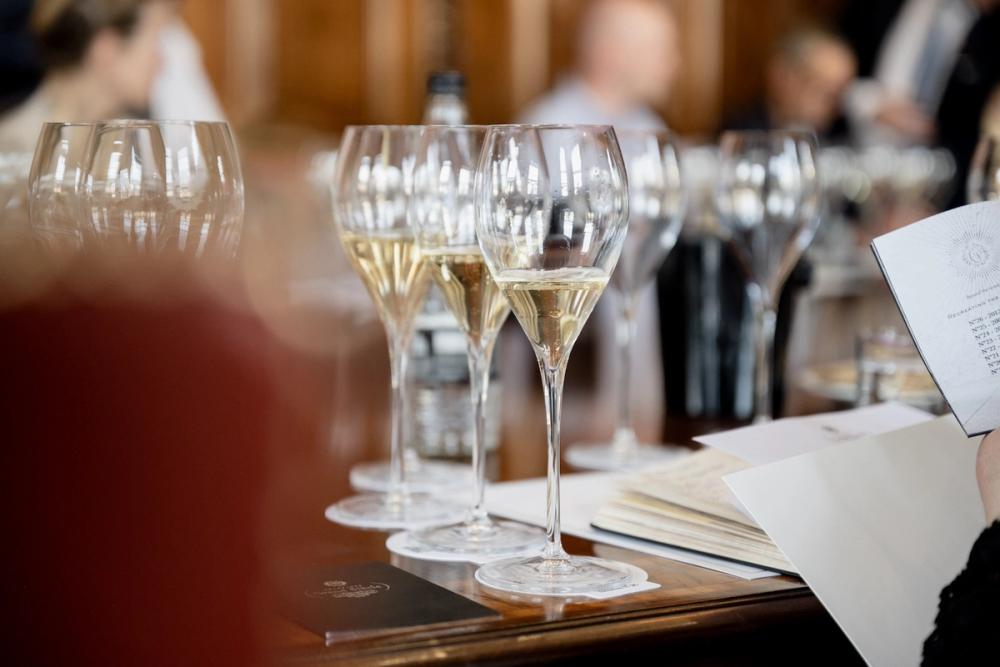
Grand Siècle Itération N°24 (magnum)
2007, 2006, 2004 Disgorged 06/24 CH 55% PN 45% Dosage 7g/l
The reductive signature is evidenced here, a mere year after disgorgement; there is flint, petrichor even, then a citric substratum, and then, only then, with air, notes of tobacco and white chocolate, spring flowers and toasted almonds. A slow beguiling transfiguration.
Grand Siècle Itération N°23 (magnum)
2006, 2004, 2002 Disgorged 11/22 CH 58% PN 42% Dosage 7g/l
All eleven of the ‘selected’ Grand Crus feature in this magnificently complex wine, its personality informed by three apparently very different years, with an almost perfect contrast between the warm distinctly tropical notes offered by 2006 and the more measured citric echoes of 2004. 2002 adds the class. This one has more to give, per Vigneron.
Grand Siècle Itération N°22 (magnum)
2004, 2002, 1999 Disgorged 05/19 CH 55% PN 45% Dosage 7g/l
The combination of lengthy post-disgorgement ageing and the generously evolved 1999 makes for a deep golden, generous and honied wine; dark chocolate, fig roll and praline all register with approval. The discipline, per Vigneron, comes courtesy of 2004, which is ageing far more slowly than one had initially thought, much to everyone’s satisfaction. It seems to be ageing admirably in this example, however.
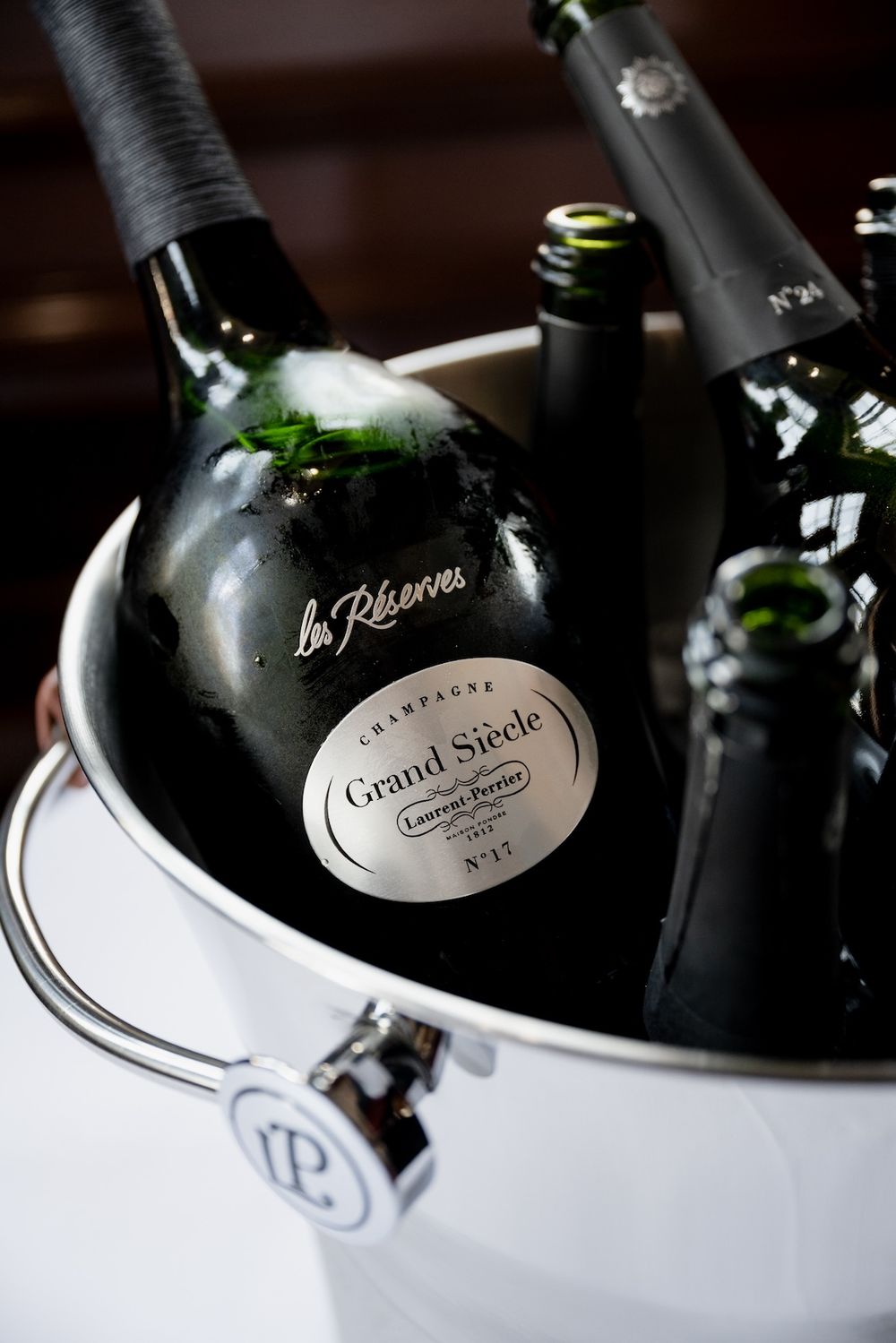
Grand Siècle « Les Réserves » Itération N°20 (magnum)
1999 1997 1996 Disgorged 2/25 CH 54% PN 46% Dosage 6g/l
The ‘Réserve’ wines have been aged for significantly longer and show off the sheer brilliance of Grand Siècle. Eight Grand Crus have conspired to tame the acidity of the enigmatic 1996 vintage, the generosity of 1997 and the more robust forward style of 1999. The result, needless to say, is impossibly young, with just two months of post disgorgement ageing after such a lengthy tirage. Burnt matches and flintstone dominate at the moment, reduction, but not reductio ad absurdum. Significantly more time is required to bring out the panoply of superlatives, but one is already impressed by the textural harmony and the latent complexity.
Grand Siècle « Les Réserves » Itération N°17 (magnum)
1995 1993 1990 Disgorged 10/23 CH 55% PN 45% Dosage 6g/l
With a little more post-disgorgement ageing, a little less reduction than the Itération N°20 Réserve, and therefore easier to read, if such a complex oeuvre can ever be described as ‘easy’, With two outstanding vintages balustrading the structure the wine is rich and generous, yet also firmly delineated, as if careless of the passage of time. It thereby fulfils Bernard’s initial stipulations with haunting precision, with all three vintages conspiring to ensure that the ensemble is greater than the sum of its components. Primary fruit, one must concede, has been forsaken down the years, but only to be replaced by encyclopaedic complexity, with honey, nuts, tobacco and incense but the first descriptors that attempt, vaingloriously, to do this wine something approaching justice!
In conclusion
A terrific tasting, then, all in all. Vigneron is not entirely disingenuous when he says "Laurent Perrier creates a lot, but we do not communicate very well." A tasting such as this is clearly intended to reverse this trend and it does so very well. Olivier has self confidence and a succinct turn of phrase; "Laurent Perrier is known for its reductive style; we age for a long time and then disgorge; not the other way round," but one example.
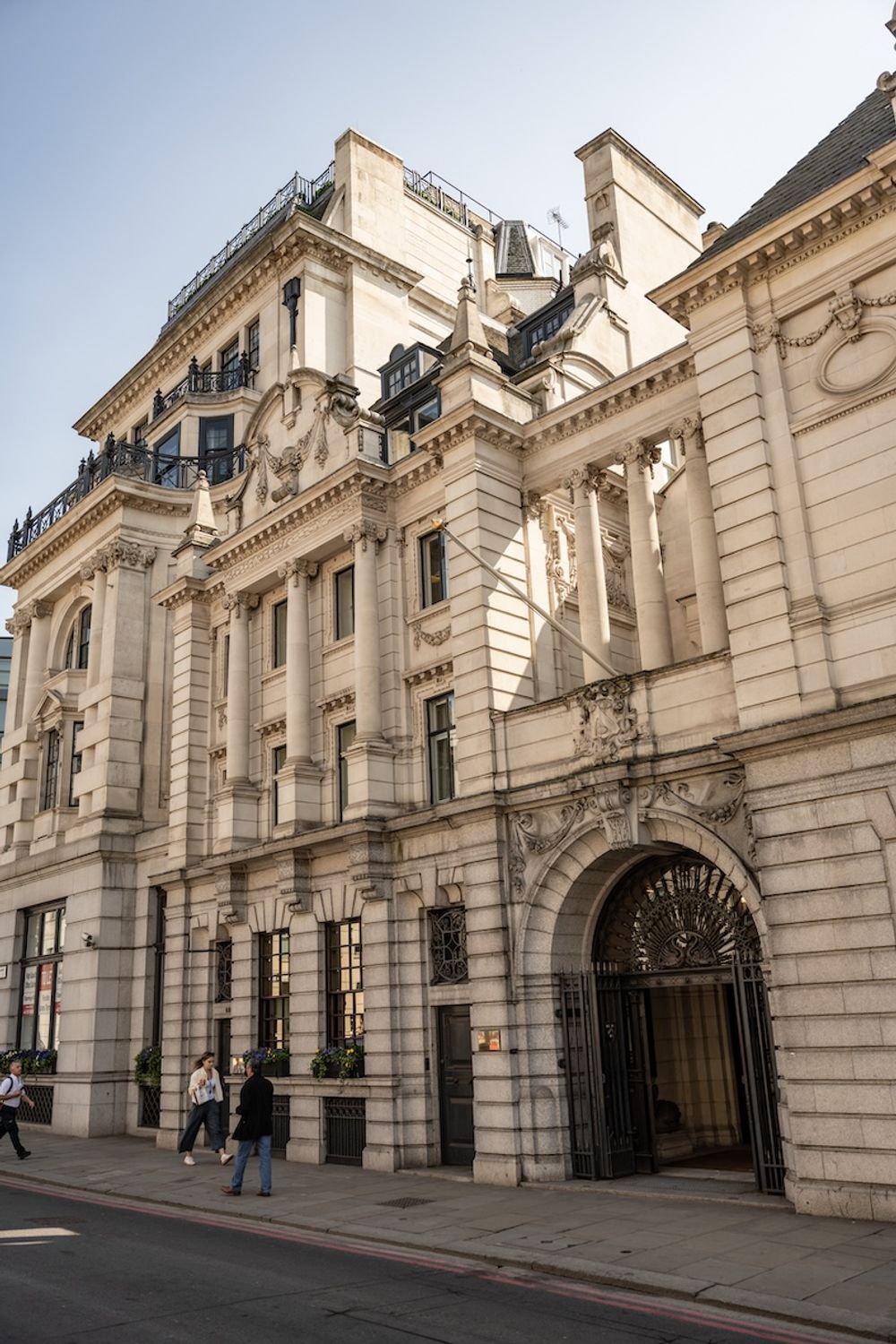
Vintners Hall, scene of the Grand Siècle masterclass, April 28, 2025
Grand Siècle Stockists
N°26 75cl - Majestic - £215, The Savoy, Corinthia London
N°25 75cl - The Whisky Exchange - £215, The Savoy, Corinthia London
N°24 75cl - Drinks Direct, The Finest Bubble, The Bottle Club – RRP £215, The Savoy, Corinthia London
N°24 150cl - Burnett & Herbert - £468, St. Pancras Renaissance Hotel London
N°23 150cl - Farr Vintners - £426, The Savoy, Corinthia London
N°22 150cl - Davis Bell McCraith Wines - £525, The Savoy
N°20 « Les Réserves » 150cl - The Finest Bubble - £1474
N°17 « Les Réserves » 150cl - N/A
Laurent-Perrier is a commercial partner of The Buyer. To discover more about them click here.
































